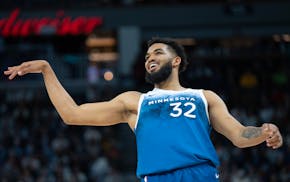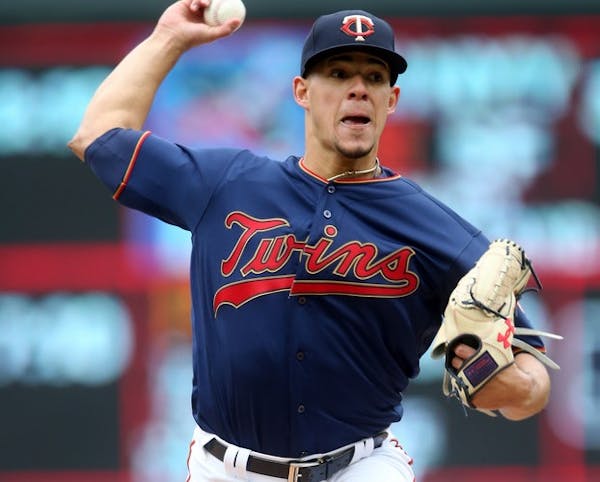Bill Mazeroski arrived as a big-leaguer in the summer of 1956 as a 19-year-old, and played 17 seasons at second base for the Pittsburgh Pirates. Three decades after his career ended, he was voted into the Hall of Fame by a veterans committee.
Mazeroski was not a power hitter and his career batting average was .260. He was rewarded eventually for his outstanding fielding. To a degree, this was based on the oft-repeated legend that "nobody turned the double play better than Maz.''
I started covering baseball in the 1970s, and any conversation with a manager or a scout about a second baseman for decades included a breakdown of the player's ability to turn the double play. Bobby Randall became the Twins' regular second baseman in 1976 based largely on hanging in against hard-sliding runners to turn a double play.
The lost magic of the classic double play came to me on Friday at Target Field, in watching Twins second baseman Jonathan Schoop turn one double play and almost another in a 6-1 victory over Baltimore.
I'm not a complainer that the challenge of the double play pivot has been taken away since the Dodgers' Chase Utley broke the leg of the Mets' Ruben Tejada in the 2015 playoffs with a hard, wide slide. The guidelines were changed for 2016 to eliminate such slides.
Where the classic double play truly has been lost is to the infield shifts that now dominate baseball. On Friday, we twice saw Schoop arrive from traditional second base positioning, take throws from third baseman Marwin Gonzalez and make strong throws to first.
The first was a double play to take the life out of a Baltimore rally in the fourth; the second was Schoop firing in an instant to miss by a centimeter the swift Stevie Wilkerson at first base.
"The second baseman isn't taking the double play throw as often now,'' Schoop said. "I'm toward first base, or in the grass, with the shifts.''
Does Schoop miss making that pivot? "Yes, but we also get outs with shifts that wouldn't be outs before,'' he said.
PLUS THREE
Shifts, double plays and second basemen:
• Statistically, a shift is three infielders on one side of second base. The Twins lead the majors by shifting on 40.3% of plate appearances with runners on base, 40.5% with a runner at first.
• Schoop, an XL second baseman at 225 pounds, has a shortstop's throwing arm that makes him very effective playing deep on the grass or relaying outfield throws.
• Shifts have reduced another once-popular topic for second basemen: fielding range. With another infielder on the right side, who cares?
Rad Reusse's blog at startribune.com/patrick.

Reusse: Success on court helped Timberwolves do strong business

Reusse: Taylor's story. 'I just bought the Minnesota Timberwolves.'

Reusse: Back from injury, Towns doesn't have to carry load


